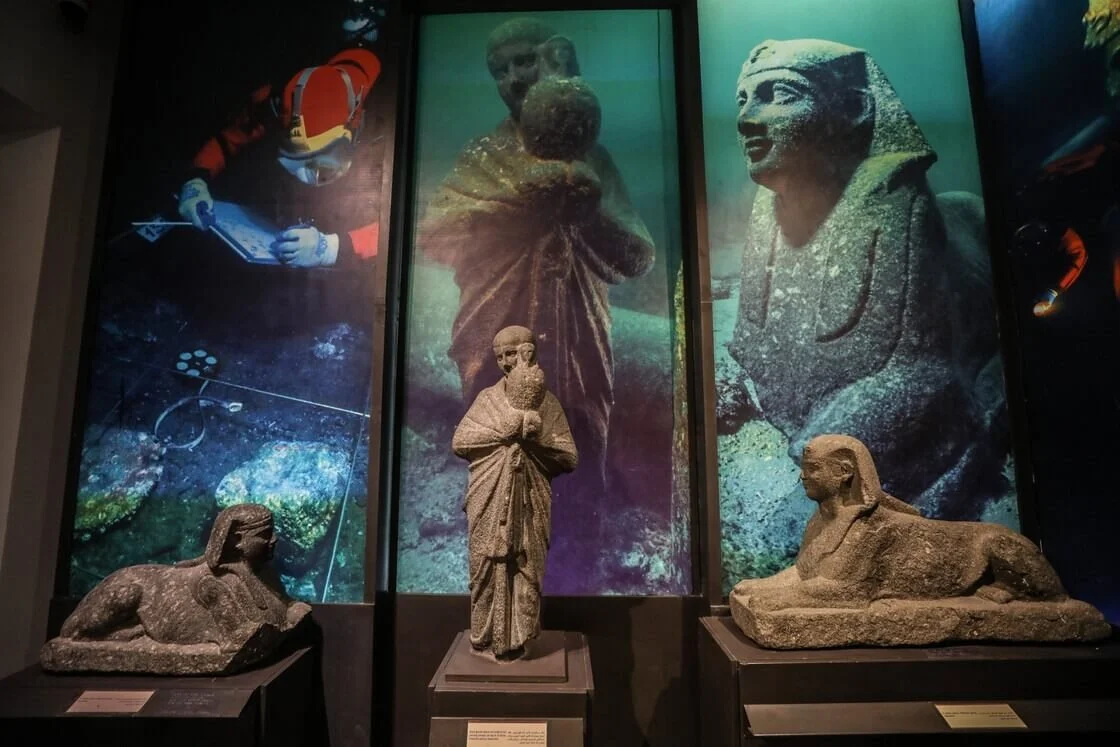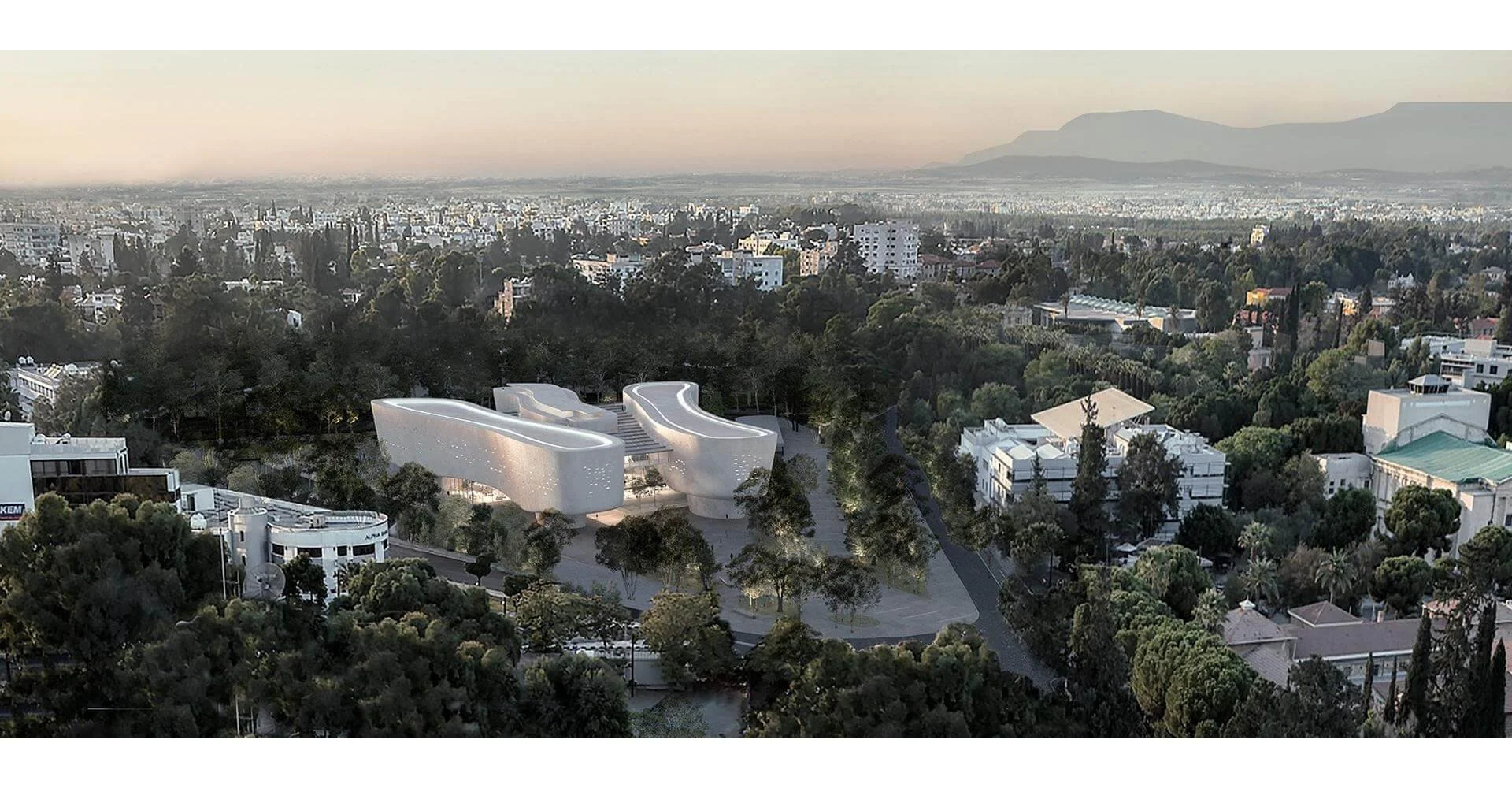Siwa is an oasis located in the Egyptian portion of the Sahara Desert, isolated from the nearest big city, Alexandria, by 460 kilometers. Despite receiving only 9 inches of rainfall annually and temperatures reaching up to 118.8 degrees Fahrenheit, Siwa is home to around 33,000 people and various farms that grow dates and olives. Oases are a crucial stopping point for merchants and traders and serve as hospitable locations for resting, resupplying, and refilling water skins. Most oases have fresh water springs or ponds above the surface open to the air, allowing both people and plants to inhabit the area.
Siwa and other oases are essentially funnels for all water from surrounding areas to flow into, as there are no rivers or streams on the surface to transport water to these places. Under the surface of all land is an area where rainwater collects, called an aquifer, and if it rains a lot, the upper reaches of the aquifer, called the water table, will rise. By taking advantage of underground aquifers, things like wells and irrigation systems work. Light rains from a large enough area can flow through an underground aquifer held by gravity, forming an underground river, eventually creating a miniature ecosystem—a microcosm of rich life in an otherwise barren desert.







